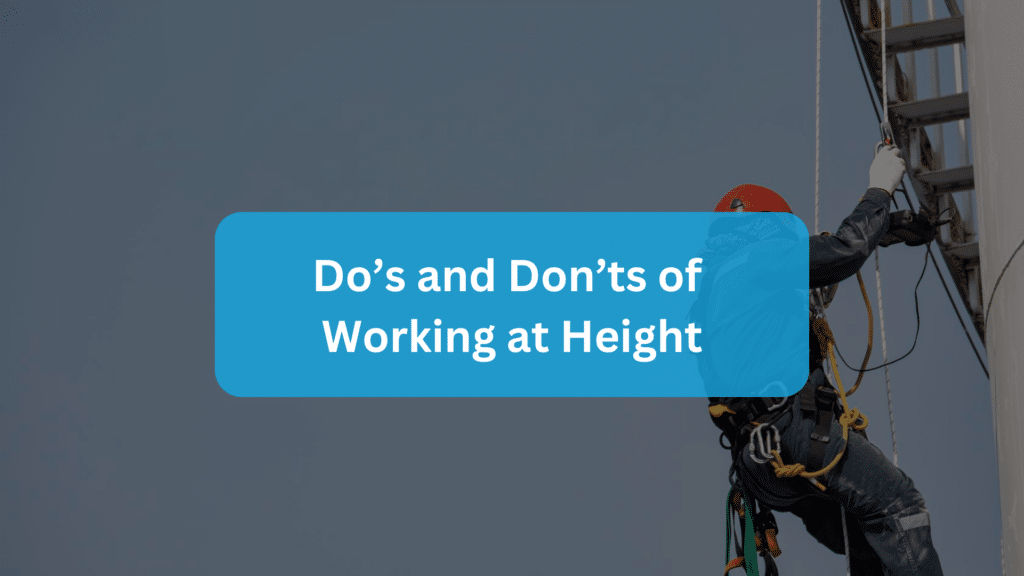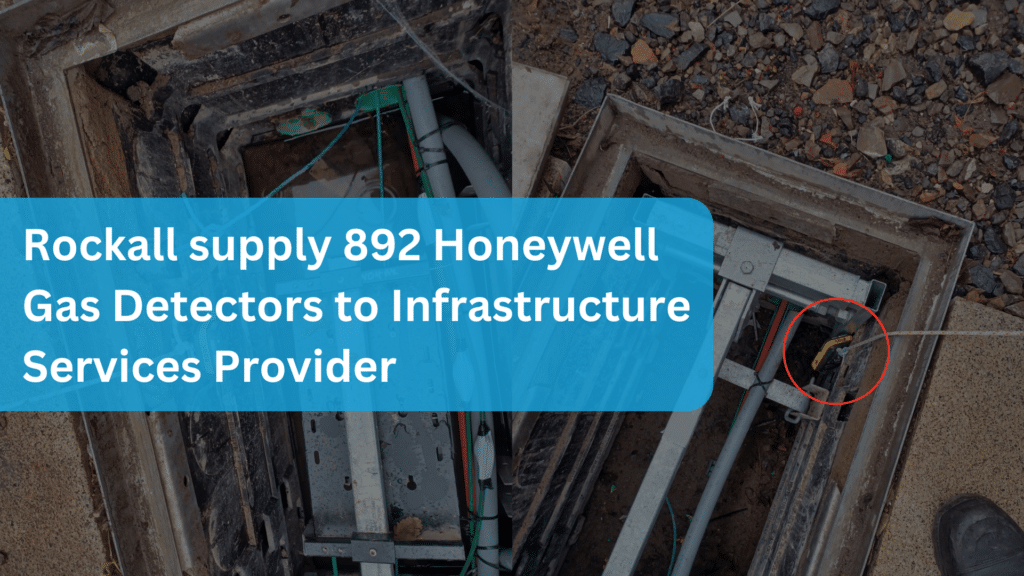Katie Haines Memorial – Her Story
Katharine Leah Haines, better known as Katie (maiden name Samuel), was born on January 31st 1979, the elder sibling to Adam and Lydia. On December 12th 2009, she married Richard Haines at St. Mary’s Church in Fairford, Gloucestershire.
Tragically, on February 18th, 2010, Katie, tired after work, decided to skip her usual gym routine and relax with a bath at home instead. Unfortunately, a deadly leak of carbon monoxide from the kitchen had seeped into the bathroom. As she stood, the gas overwhelmed her. Falling back, she struck her head on the bath and slipped underwater.
Despite Richard’s efforts to revive her outside, Katie passed away to the deadly poison. The carbon monoxide level in her system was a critical 37%.
In the wake of this heartbreaking loss, Katie’s parents, Gordon and Avril, channelled their grief into action. They established the “Katie Haines Memorial” to raise awareness about the dangers of carbon monoxide poisoning, ensuring such a tragedy wouldn’t happen to another family.
Their Mission
We exist because of a tragic accident. Our work is inspired by the life of the person we lost. Our mission is to raise awareness about the dangers of carbon monoxide and to prevent unnecessary loss of life. We are run by a committed group of individuals but rely on the help and support of others to ensure the dangers of carbon monoxide are prominent in people’s minds, particularly the most vulnerable groups in society – the elderly, children, university students and those living in low-cost accommodation.
Their Vision
- Our vision is that everyone in the UK understands the dangers of carbon monoxide and takes preventative measures to make sure that they do not fall victim to it.
- It is important to have all carbon burning appliances regularly maintained and serviced by an engineer qualified to work on that appliance and to check the engineer’s registration card.
- Blocked chimneys or flues can also cause carbon monoxide to enter the home and it is important that they are swept regularly by a registered sweep.
- Install an audible carbon monoxide alarm in all rooms where there are carbon burning appliances and remember to test them regularly – Test It Tuesday– and make sure they are within their expiry date.
- Pack a CO alarm in your suitcase when staying away from home
Her parents, Gordon and Avril have recently spoken out about Katies death, urging people to install a CO alarm in their home. Visit Katie Haines Memorial today.
What is carbon monoxide?
Carbon monoxide (CO) is a colourless, odourless, and tasteless gas that is highly toxic to humans and animals when inhaled. It is produced by the incomplete combustion of carbon-containing materials, such as fossil fuels (natural gas, oil, coal) and wood. Common sources of carbon monoxide include:
- Gas appliances (stoves, ovens, water heaters)
- Furnaces and boilers
- Motor vehicles
- Fireplaces and wood stoves
- Portable generators and space heaters
- Tobacco smoke
How does it affect the body?
When inhaled, carbon monoxide is absorbed into the bloodstream via the lungs and binds to haemoglobin, the molecule responsible for transporting oxygen. This binding reduces the oxygen-carrying capacity of the blood.
Brief exposure to low levels of carbon monoxide can result in symptoms such as headaches, flushing, nausea, dizziness, vertigo, muscle pain, and personality changes. Higher levels of exposure can lead to movement difficulties, weakness, confusion, respiratory and cardiac issues, loss of consciousness, and even death.
Prolonged exposure to small amounts of carbon monoxide may cause symptoms resembling the flu, including fatigue, headaches, nausea, dizziness, personality changes, memory problems, vision loss, and dementia. Distinguishing between the effects of long-term low-level carbon monoxide exposure and other common illnesses can be challenging.
Only one in ten have a carbon monoxide alarm in their home
According to Wyre Forest District Council, fewer than one in ten homes have a carbon monoxide alarm. An audible carbon monoxide alarm is the only effective way for people to protect themselves and their families.
The Department of Health reports that annually, over 40 individuals in England and Wales die to carbon monoxide poisoning, with thousands more receiving hospital treatment. Many additional cases likely go undetected because the initial symptoms are often mistaken for common ailments like the flu or food poisoning.
Young children and elderly people are particularly at risk from carbon monoxide poisoning because their bodies are less able to withstand the effects. Women should also be aware that if they don’t have an alarm and are pregnant they could be putting their unborn child at risk.
How to stay protected?
Ensure all cooking and heating appliances that use fossil fuels (such as gas, oil, and coal) are regularly serviced by a qualified and registered engineer. For example, use Gas Safe Register for gas appliances, HETAS for solid fuel appliances, and OFTEC for oil appliances.
Proper ventilation is crucial when using these appliances. Keep chimneys and flues clean by having them swept from top to bottom at least once a year by a qualified professional, and ensure they are not blocked.
Installing an audible carbon monoxide alarm that meets British or European Standards (BS Kitemark or EN 50291) can help protect you from high levels of carbon monoxide exposure. There are many CO alarms online that fail and do not reach the British standards. Please read this article from Which? on what ones to avoid – Killer carbon monoxide alarms still on sale through online marketplaces – Which? News.
Remember, the alarm will not detect lower levels of carbon monoxide, so it should not replace regular servicing of your appliances. You can purchase a carbon monoxide alarm from a DIY store or online.
What to do if you have been exposed?
If your carbon monoxide alarm goes off or suspect a gas leak, please follow the follow steps below:
- Cease using all appliances and leave the building immediately, remaining as calm as possible and avoiding exertion.
- Contact the National Gas Emergency Service at 0800111999 to report the issue, or the Health and Safety Executive (HSE) Gas Safety Advice Line at 0800300363.
- Do not re-enter the building until you receive guidance from the emergency services.
- Seek immediate medical attention.
If you suspect carbon monoxide exposure and feel unwell, call NHS 111, contact your GP, or dial 999 in an emergency. Health generally improves once individuals are away from the carbon monoxide source, but medical advice is still crucial.
Industrial exposure to carbon monoxide
A major origin of carbon monoxide (CO) within industrial settings arises from the burning of fossil fuels in boilers, furnaces, and power plants. These systems are frequently utilised by industries to generate heat, steam, or electricity. When fuel combustion is inadequate or there is a deficiency in oxygen supply, carbon monoxide may be generated as a byproduct. Industrial activities involving the burning of biomass, such as wood or agricultural residues, can also emit carbon monoxide into the atmosphere.
Rockall Safety offer a range of gas detection equipment that detects carbon monoxide for industrial use. View all equipment that detects carbon monoxide here: Carbon Monoxide Detectors | Shop By Gas Type | Rockall Safety
Do you have a question around carbon monoxide? Get in contact today – Carbon Monoxide | Rockall Safety
Alternatively, visit Katie Haines Memorial – Homepage – Katie Haines Trust
Written by Rhys Redrup







